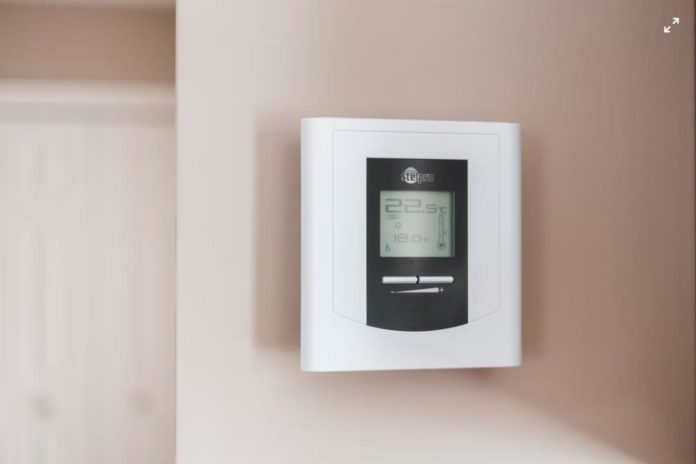Smart home devices are great, no question in that. They bring about the sort of convenience you did not even know you were missing out on. They also provide as an inexpensive means of automating a home, which would otherwise be quite the task had it not been for smart devices.
That’s not all, they are also ideal for energy saving and providing as an extra means of home security. So all in all, they are definitely worth the investment! Out of all the smart devices available, Smart Thermostats are the most commonly referred to ones, and for good reason. Smart Thermostats are much better in every way from a regular thermostat. They are accessible through mobile applications so not only is smart thermostat installation easy, but so is setting up the device by yourself as well as controlling it.
However, here are a couple of facts you should know about smart thermostats before you go ahead and purchase one.
- It Requires Constant Internet Connectivity
Like all smart devices, any smart thermostat would need a consistent and seamless internet connection in order to do the work it is meant to do. Homeowners set schedules for the device to follow through, or switch on the thermostat from the mobile app when turning into their neighborhood – so when the device isn’t connected to the internet, or there is a lag in the connectivity or the internet service, the device too will lag in its commands.
That is why in order to run a smart home, homeowners must have internet plans that have enough bandwidth to support all connected devices along with the usual internet usage by the people in the house.
- Controlled Through Its Mobile Application
As we just mentioned, like all smart devices, smart thermostats also feature their associated mobile applications. Without an app the device can’t be set up, let alone controlled.
These mobile applications unlock features for homeowners in order to enjoy the full benefits of having a smart thermostat. For instance, adjusting temperatures, setting schedules for the device to automatically function according to, switching the thermostat on or off without having to walk up to the device itself. All of this aside, the mobile application becomes the control center for the device, allowing homeowners to remotely and wirelessly access their device, even from miles away!
- Cuts Back On the Heating and Cooling Bills
Given that the mobile application facilitates remote and easy access, it is not only convenient, but also gives room to cutting back on the unnecessary usage of the heating or cooling in a home.
Some smart thermostats can even automatically adjust to eco-friendly temperatures if it notices inactivity for a certain time. That is what is referred to as geofencing technology, where the device manages to use motion detection or even information of the current weather temperatures outside, in order to adjust itself automatically to keep the environment indoors cozy. So instead of having your HVAC system working on full blast, the thermostat would work to keep your home cozy, but by either switching to a temperature setting that is eco-friendly, or shutting itself down if need be. With that, and the ability to control the device from its mobile app on your smartphones, laptops, tablets, or even enabling by enabling voice control with voice assistants, there is no room for energy wastage or carelessness on our part, and this is what results in lower heating and cooling bills not so long after installation.
The Google Nest Learning Thermostat for instance has been proven to reduce 10 to 12% on heating bills, and 15% in cooling bills, as stated by independent studies.
- Is It Compatible With Your Smart Home System?
While having everything else check the boxes is a crucial thing, what homeowners should keep in mind is that not all smart devices are compatible with one another. They vary from brands to software, to other details. In the same way, smart thermostats must be able to sync with your the smart devices in your home if present because how else does a ‘smart home’ work?
If you happen to have a central hub to control multiple devices from, or a smart speaker with a voice assistant that is not compatible with the smart thermostat you just purchased, it is basically pointless. Similarly, certain smart thermostat mobile apps won’t necessarily be available on all iOS and Android stores and that may be conflicting if you don’t have any device that supports the required software needed to download the mobile app.
Conclusion
Such are a few important details that you must check with first before you make the decision to buy a smart thermostat, and which one too in fact. Once everything seems to be good, there is no reason that you shouldn’t go ahead and make the purchase that you’ve been wanting to. After all, smart thermostats will be beneficial for a long time to come, and probably the best investment you would make for your home.

